White-winged Tern Chlidonias leucopterus
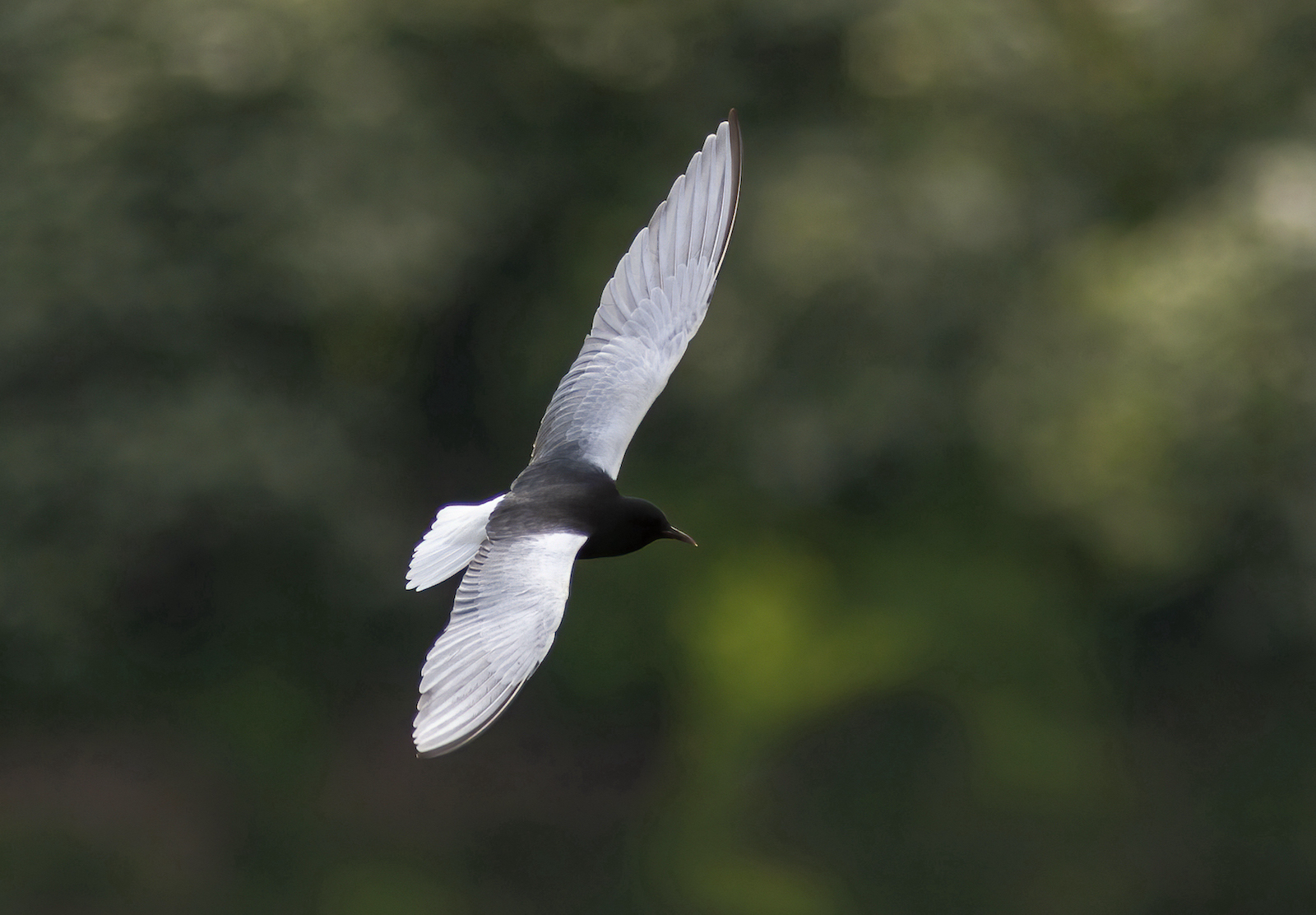
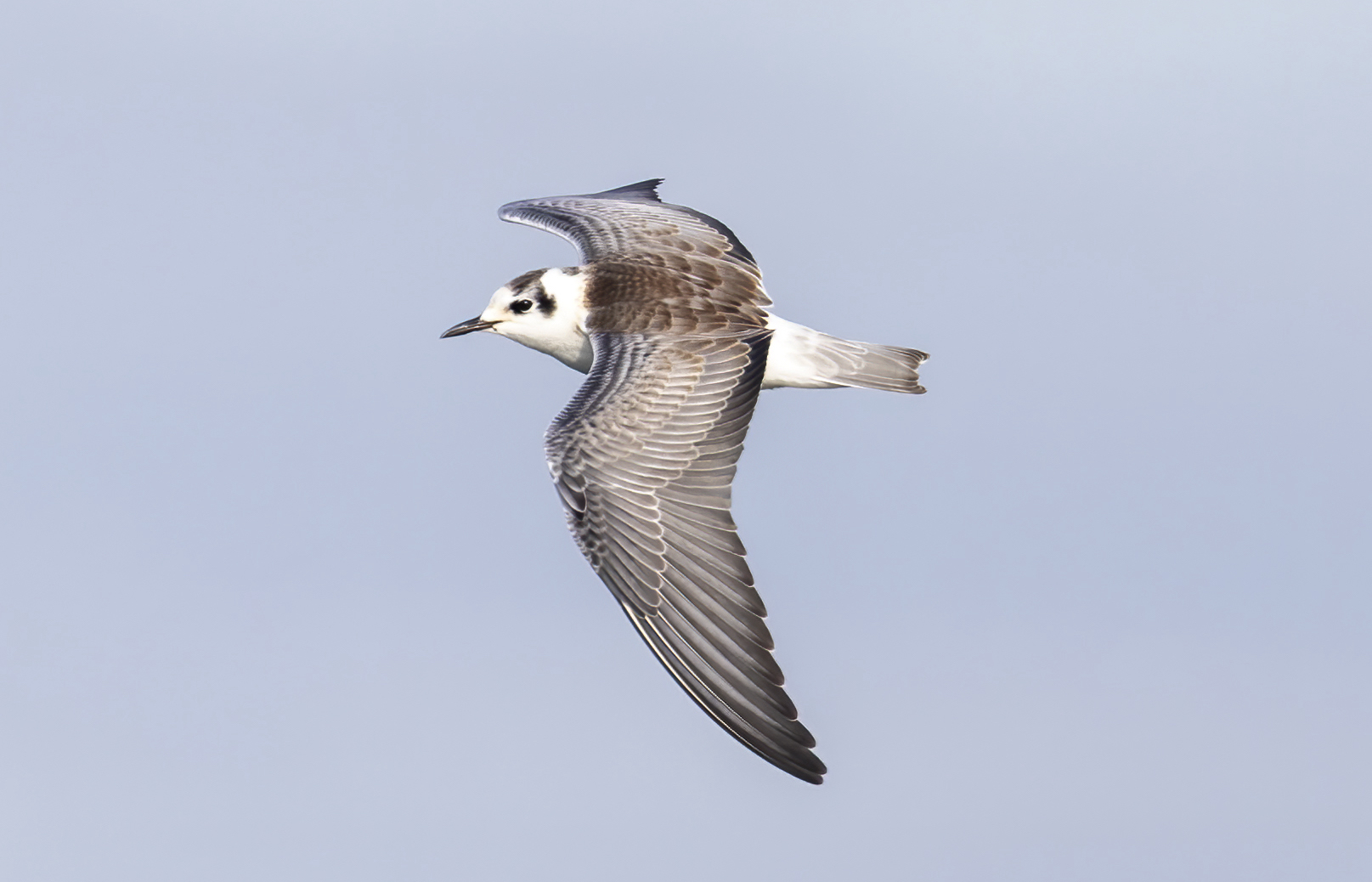
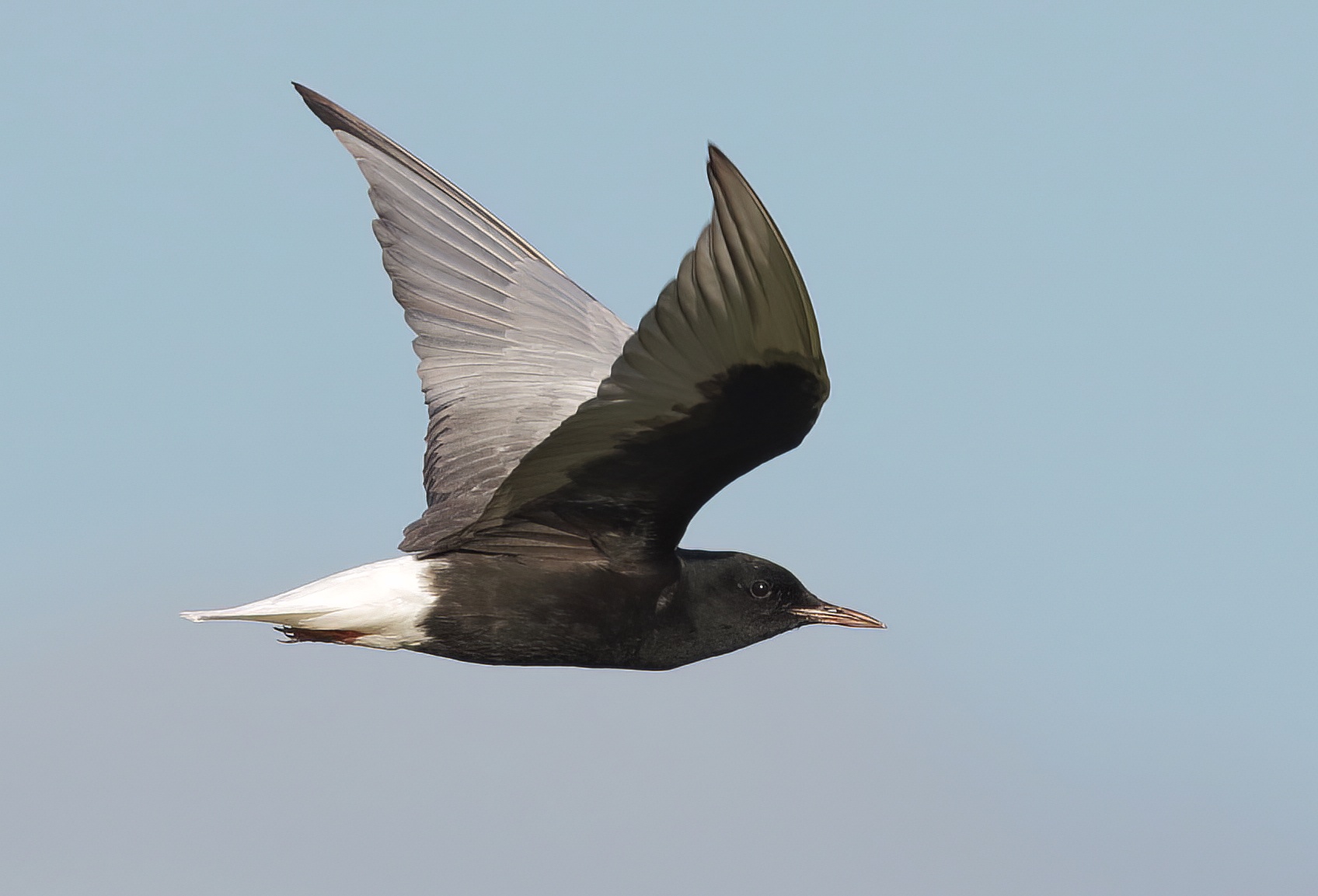
The species was ex-BBRC from Jan 1st, 2006 by which time there had been 800 British records. Unlike its congener, Black Tern, C. niger, there have been no records of attempted breeding despite occasional large influxes into Britain such as those in 1970 (37) and 1992 (50).
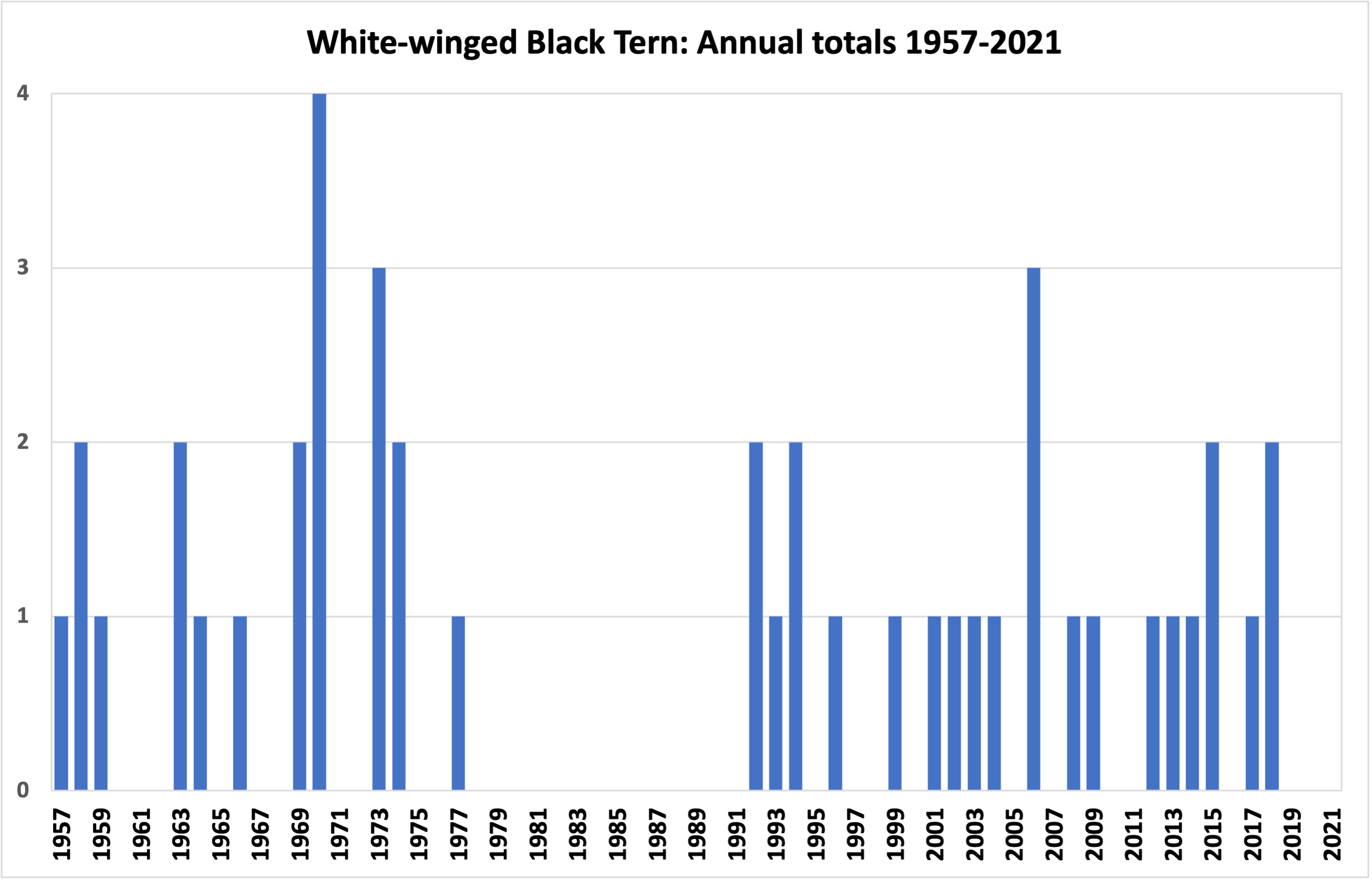
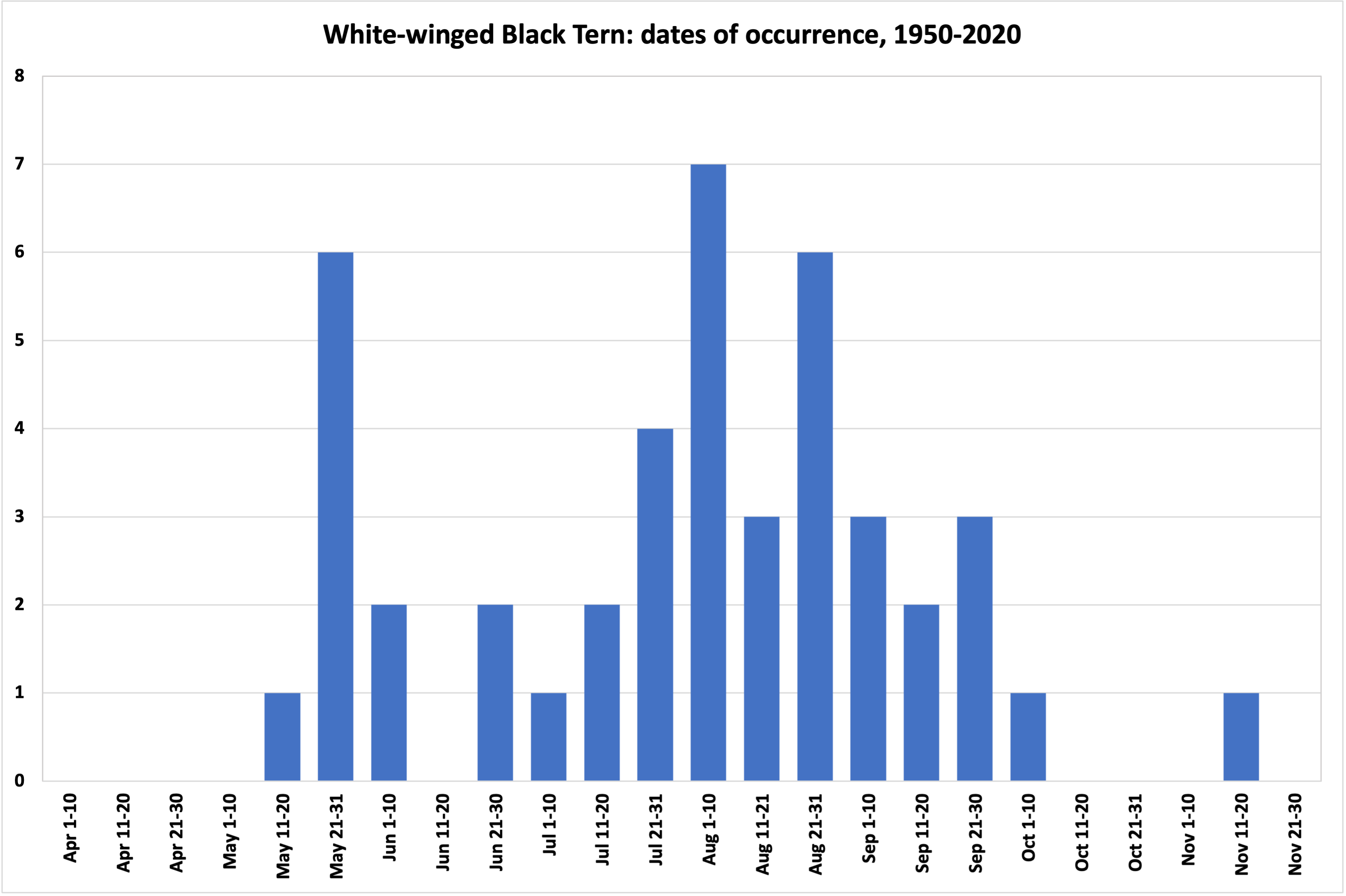
Finder’s Report: White-winged Black Tern at Marston STW, August 17th, 1957, first county record.
by D. G. H. West and P. B. Haywood.
Note: this account is © British Birds and appeared in volume 51 (4): 159-160. This was in the era before the national Rarities Committee was founded when rarity records were essentially presided over by the editors of that journal; grateful thanks to them for allowing the account to be reproduced here. This was the only record of 1957 and the 18th British record since 1950.
Circumstances and description
On the morning of 17th August 1957, at Grantham sewage-farm, Lincolnshire, we were watching a small party of Black Terns (Chlidonias niger), all either immatures or adults in an advanced stage of moult. Then we saw that one lacked the characteristic "shoulder-mark" and had a noticeably white appearance. During the next hour we made the following notes, with the bird sometimes as close as 20 yards:
Feeding-habits and flight exactly the same as the Black Terns. Crown black; forehead white; back moulting from a dark colour; tail, rump, and forepart of wings white, with a trace of grey on top of the carpal joint. Underparts completely white and under-wing light; no sign of a "shoulder mark". Legs noticeably red, but beak blackish. Its white appearance contrasted very strikingly with the grey of the Black Terns. After reference to the Field Guide and The Handbook we decided that it was a White-winged Black Tern (C. leucopterus), presumably an adult in moult. It was also seen later by W. M. Peet, and C. T. Beverley and it remained at the sewage-farm until 21st August.
(Account prepared October 2017; updated with reference to the new Birds of Lincolnshire (2021), September 2022)

